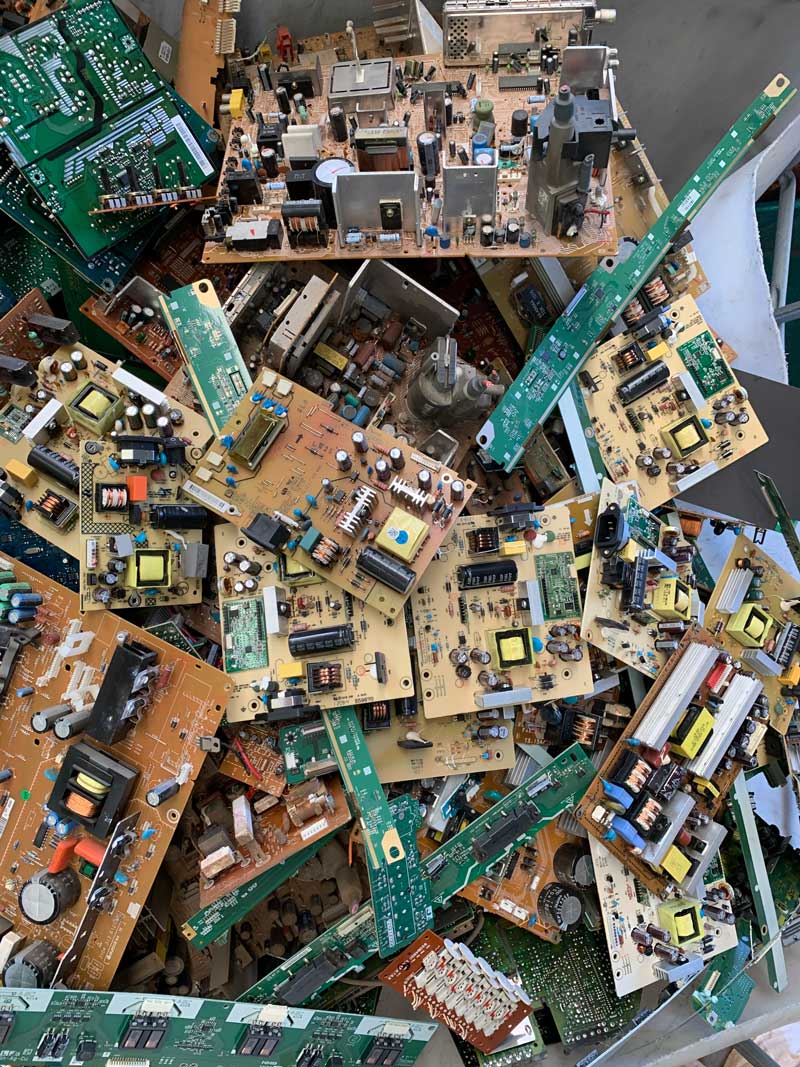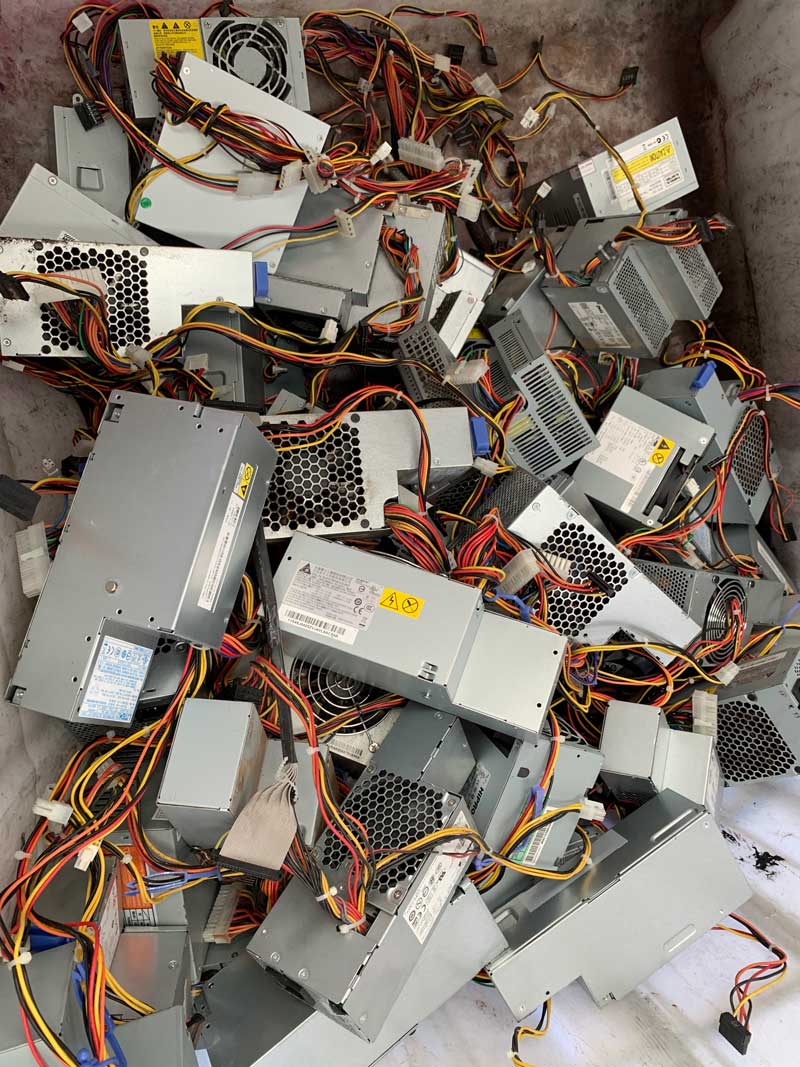Computer Recycling
Australian PC market in 2020 grew by 35.2% due to work from home demand and increased consumer spending
Don’t bin it,
eWastec it!
Recycle Computers
Australians are among the highest users of technology in the world, and eWaste is one of the fastest growing types of waste produced by the nation. Every year, an estimated 2.4 million new computers are purchased across Australia. While this may be fantastic for our technological industries, it’s not ideal for the environment. As we constantly upgrade our computers, we are producing thousands of tonnes of eWaste.
In addition to the computers dumped in landfill, there are also 4.3 million unused computers sitting in homes and offices collecting dust as they wait to be dumped. Furthermore, 1.8 million old computers are in storage. In comparison to these staggering figures, a mere 500,000 computers are recycled a year.
As such, the Australian Government has stepped in, and in partnership with State and Territory Governments and the electronics industry, is actively promoting and encouraging eWaste recycling nationwide.

Why Recycle Computers?
Computers contain valuable non-renewable resources such as gold, steel, copper, zinc, aluminium and brass. In fact, the amount of gold recovered from one tonne of electronic scrap from personal computers is more than that recovered from 17 tonnes of gold ore [Electronics TakeBack Coalition, Facts and Figures on E-waste and Recycling].
Furthermore, computers contain hazardous materials, which can be hazardous to humans and the environment if they are not disposed of appropriately. It’s clear that computer disposal should be managed in a safe manner, however many computers are still disposed of with household or business rubbish and as such, end up in landfill.

What is Computer Recycling?
Computer recycling entails the breaking down of the product into its various components such as plastics, metals, glass etc.
Over 95% of the materials in computer systems can be fully recycled for future use.
IT equipment and Computer recycling can be quite complex. Depending on the size and design of the equipment, there may be anywhere from a handful of components that require disassembly to dozens of components that require disassembly.
The average desktop computer for example may contain a number of different grades of PCB, a CPU, RAM, a Power Supply, a hard drive, a floppy drive, copper or aluminium extrusions, copper cable and the case constructed of steel, plastic or in some cases aluminium. An office server may have dozens or hundreds of these components.
To ensure all components are recycled properly, it’s important for us to know that the type of component has been separated correctly to prevent cross contamination during refinery.
Benefits of Computer Recycling
Did you know that making just one desktop computer and monitor uses the same amount of chemicals (22kg), water (1500kg) and fossil fuels (240kg) as it takes to make a mid-size car?
When you recycle your computer, not only the environment benefits but people do too. If your computer is still in working order, we’ll give it a second lease of life and pass it on for someone else to enjoy.
If your computer is past its prime, we will dismantle it and use the individual parts such as the glass, cabling, plastics and circuit boards to create brand new products.
Why Choose eWastec?
eWastec is an Australian owned and operated business with over 20 years of experience in the recycling industry. With an aim to reduce the impact on the environment as a result of eWaste, we focus the recycling of electronic products such as computers, TVs and other IT waste.
“Earth Conscious. Community focused.”
At eWastec, we manually process all eWaste that we receive in order to ensure the quality and number of parts that we can recover. Our manual processing also gives us the chance to provide employment opportunities for those in the community who need it most through our disability program.
For more information on how we can assist in the recycling of your computer or IT equipment, don’t hesitate to get in touch.
